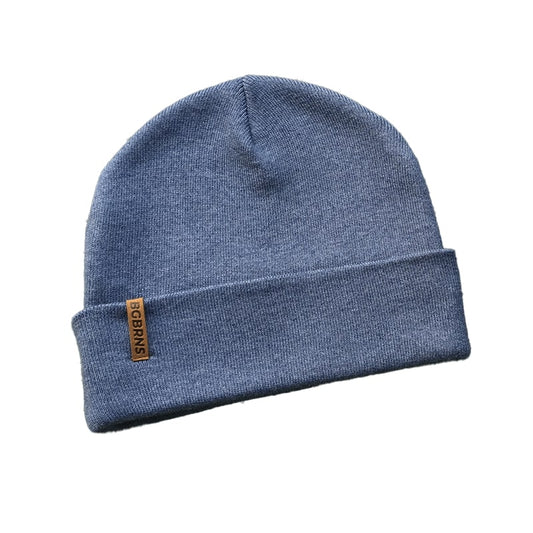Caps not only come in different shapes, colors and sizes. The material (the fabric) from which the cap is made also plays a major role in how comfortable it is to wear.
In general, three common fabrics are used: cotton, polyester, and acrylic wool. Each material has its own pros and cons. In the following blog post we want to take a closer look at the properties and, above all, the differences between the respective substances.
Features of Cotton Caps:
Cotton caps' main advantage is its pleasant wearing comfort. Many cap wearers prefer cotton because the fabric feels good and is comfortable to wear. Cotton has good hygroscopicity, which means it absorbs a lot of moisture (sweat). Under normal circumstances, the cotton also absorbs moisture from the surrounding air, so the moisture content of a cotton cap is around 8-10%. This ensures that it fits closer to the human scalp and feels comfortable and soft (not too hard).
Since cotton is a naturally renewable resource, the fabric is also particularly important with the background of sustainability in mind.
Properties of Polyester Caps:
Polyester in general is a specific category of synthetic material (plastic). The well-known PET bottles (polyethylene terephthalate) also belong to the group of polyesters. Advantages of caps made of polyester (or with polyester content) are the low moisture absorption, short drying time, shape retention, no wrinkles and the resulting ease of care. Polyester fabrics usually produce a very smooth or shiny surface.
Disadvantages of polyester caps can be poorer wearing comfort and static charging of the fabric.
Properties of Acrylic Wool Caps:
Polyacrylic (also called acrylic wool) is often used in knitting because the material has properties similar to wool. Just like polyester, acrylic wool is also stain resistant and resistant to friction. This material is also often found in carpets. Where polyester creates smooth surfaces, aryl wool is usually more likely matt.
Conclusion:
Each material has advantages and disadvantages. Especially since many manufacturers also use a blend (e.g. polyester and cotton) in garments, there is no clear winner or loser.
At BigBrains Co., we always list the fabrics used in the product descriptions so you can always make an informed purchase decision that's right for your head.





